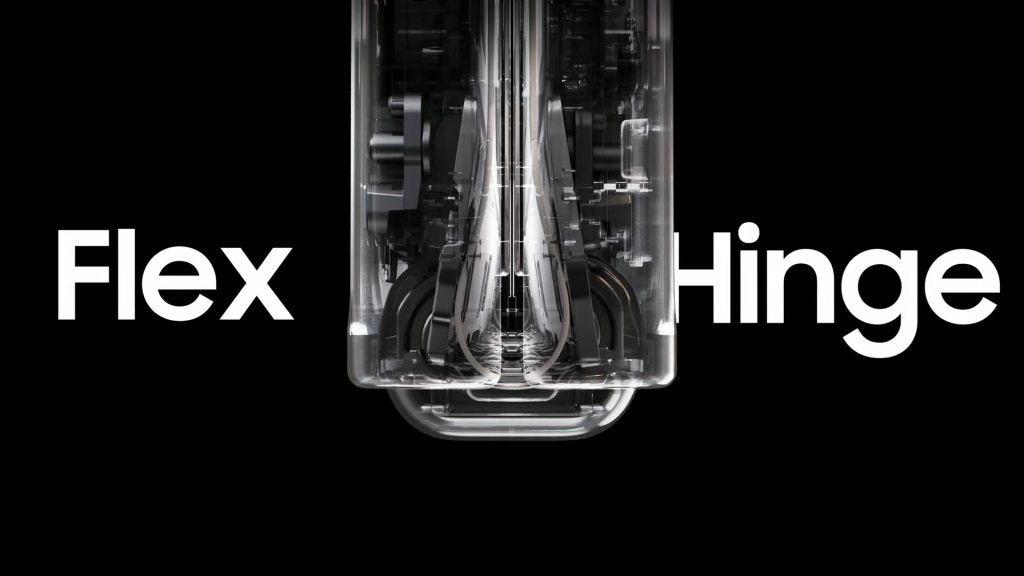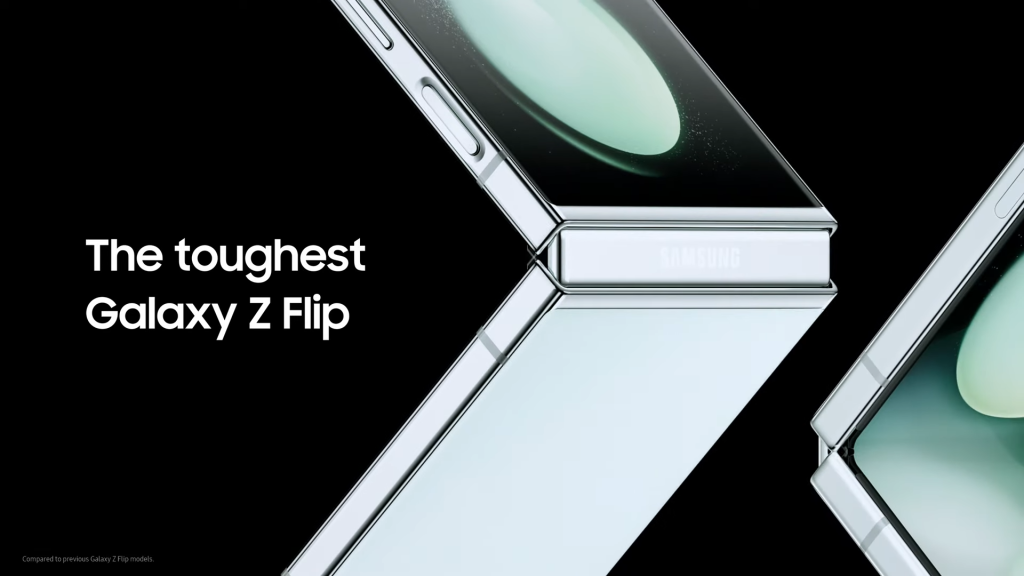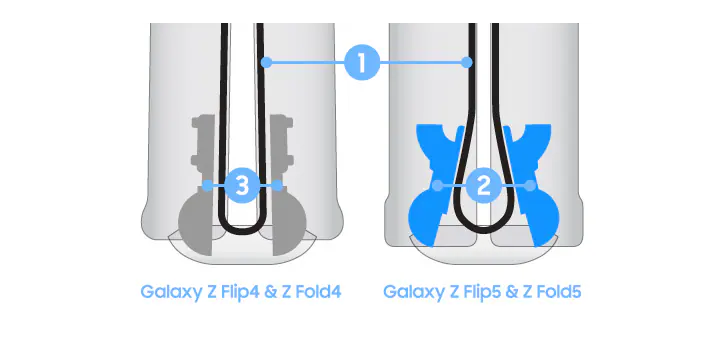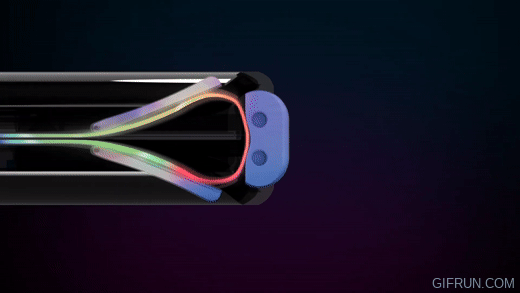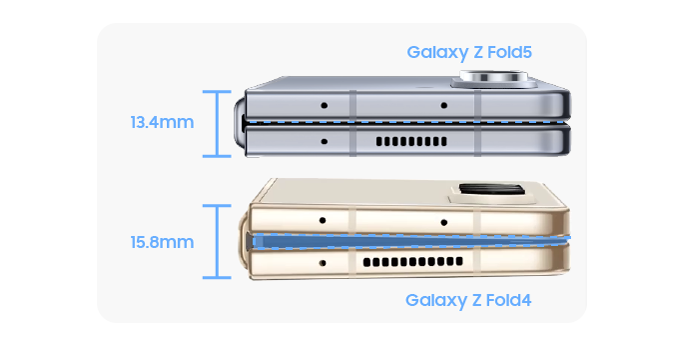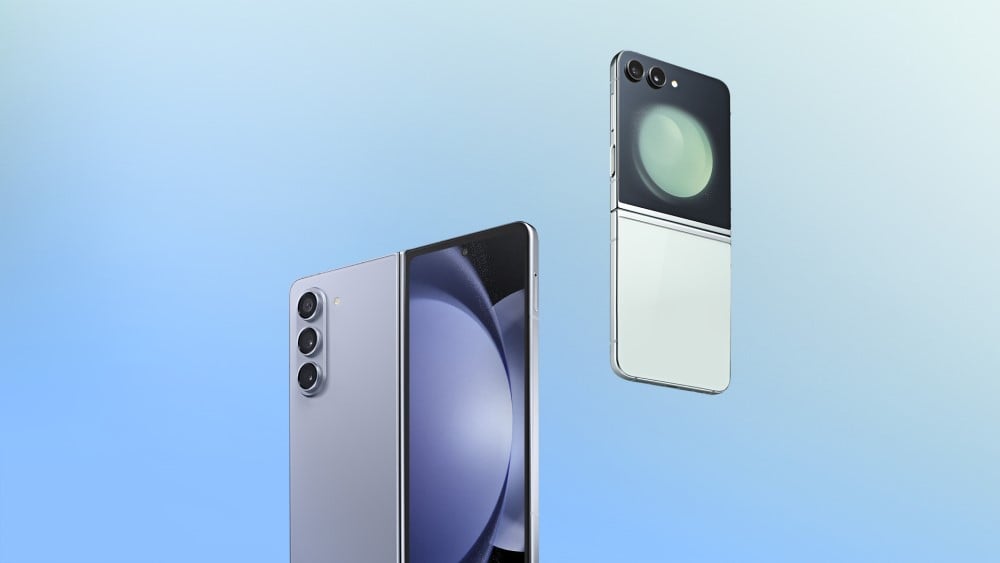Explanation of Samsung's innovative Flex Hinge for Foldables: How Does It Function?
What is the Waterdrop Hinge featured on the most recent Samsung foldables?
What distinguishes Samsung's Flex Hinge as revolutionary?
What's the operation of the new Samsung Flex Hinge?
- flexible panel
- mechanical hinge
- display surface
What are the benefits of the Samsung Flex Hinge
Thanks to the revolutionary hinge mechanism, the Galaxy Z Flip5 and Z Fold5 have a thinner and more portable design. Comparatively speaking, the Z Flip5 measures 15.1mm when folded versus 17.1mm for the Flip4. Similar to the Z Fold4, the Z Fold5 has a thinner folded profile at 13.4mm (as opposed to 15.8mm for the Fold4). The redesigned hinge helps both devices have a smaller, more manageable form factor.
- better mobility: In comparison to earlier Z series models, the Flex hinge technology offers a smoother and better mobility. The hinge may feel a little bit looser as a result when opening and shutting the device.
- Flex Mode: The Flex mode has a normal operating temperature range of 75 to 115 degrees. If the hinge is operated outside of this range, it might not be able to keep its angle stably.
- Reduced Gap when Closed: The revolutionary hinge mechanism enables a full screen closure, almost eliminating the gap between the two halves of the tablet.
- Fully Opened Angle: The Galaxy Z Flip5 and Fold5 have a standard angle that is between 178.5 and 181.5 degrees when fully opened. To avoid exerting excessive force when opening or shutting the device, care should be taken when using any third-party covers or accessories since they may limit the range of motion.
- Reduced Screen Crease: The Galaxy Z Flip5 and Z Fold5 have a revised hinge design that can make the screen crease on their screens appear a little bit larger in comparison to earlier models. When the screen is unfolded, the crease appears flatter because the depth of the crease has been decreased.
New Standards for Foldable Phones
It's interesting to note that the Waterdrop Hinge uses some older technologies. It originally appeared on the Motorola Razr 2019 and was subsequently employed by several Chinese businesses. In fact, OPPO made this hinge popular by using it on their Find N series foldable, and today, practically every company is introducing a foldable with this hinge.
Despite having the patent for the Waterdrop Hinge since 2016, Samsung took its time incorporating it into its products. The business appears to have spent the time to observe and absorb what others did. Although it initially had issues with the U-shaped hinge and eventually improved it, it appears that the Waterdrop Hinge's smaller profile was also problematic.
Samsung has now kept up with the trend by including the Flex Hinge in the Galaxy Z Fold5 and Flip5. The Waterdrop Hinge is a significant advancement toward a more seamless foldable experience since it offers a smoother display and a slimmer body. As we wait for the next wave of Samsung foldables, we may anticipate additional technical advancements and enhancements.
The creation of the Waterdrop Hinge is a perfect example of how dynamic the smartphone business is, where innovation and competition are constant forces advancing advancement. Foldable smartphones are becoming more sophisticated, robust, and user-friendly as technology advances.
It's clear that we are living in an exciting time for technology, and it will be interesting to see what the future holds for foldable gadgets. After all, within the next five years, it's possible that more than 100 million foldables will be deployed internationally.
If you want to learn more about foldables and the Chinese market, you might be interested in learning why these devices are so well-liked there right now, where Samsung and other companies like OPPO are dominant.


